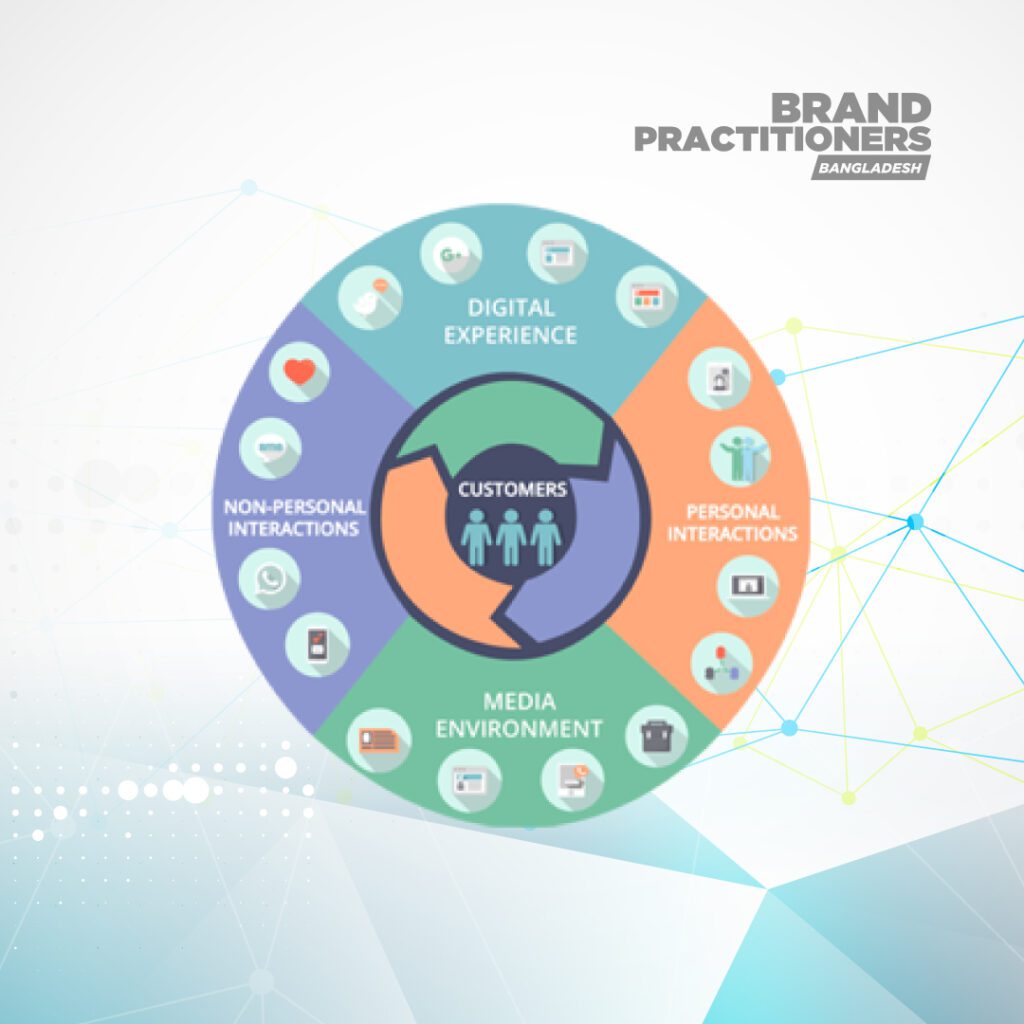Major moves by tech companies are driving the next wave of marketing trends. Google announced the eventual deprecation of support for third-party cookies by 2023. Apple launched its new email protection feature in its latest iOS and OS systems. Google’s search engines are incorporating core web vitals into their search algorithm. And giants like HubSpot and Salesforce are racing to dominate the martech industry and introducing new ways to manage, communicate and market.

What does this mean for marketers?
For anyone who may be in charge of email marketing, digital advertising or website optimization, these changes may require a different strategic approach to planning for the upcoming years. Here are a few trends to be on the lookout for.
Contextual marketing will rule.
Relying on systems to place ads based on clicks is becoming outdated. More than ever, marketing teams are going to be called on to understand the whole buyer’s journey to produce the right content and to place it intelligently.
Before, digital marketing only needed mastery of the platform where they were using to place ads. Understanding what retargeting is and knowing how to get a pixel or tracking code added to a site and how to program settings for an ad was all it took.
Contextual advertising also requires marketers to look at categories of keywords instead of simply synonyms. Expanding understanding of the buyer’s journey is a must to know that someone who might be interested in the latest handbag isn’t just looking for a “purse” or “clutch” or “shoulder bag” or “tote”—they are interested in the “latest fall fashion trends” and the “top accessories for the autumn.”
The customer-centric lens that a marketer needs to do contextual marketing well requires a deep understanding of the social, financial, emotional and intellectual needs of the buyer at certain stages, along with what they enjoy outside of the buyer’s journey.
Creativity is king.
Creativity always pays off when it comes to marketing, but with the shift away from relying on algorithms and toward a more competitive landscape of contextual marketing, creativity will be king. Creative placement is one of the biggest opportunities. In the earlier example of a recipe website as a channel, instead of food brands, what if the marketer for a food delivery or takeout brand chose to place ads on the recipe site? Understanding the problem the buyer is trying to solve (in this case, hunger) can open the path to new and interesting avenues to place digital ads.
Creative content is moving further and further away from pictures and captions and toward video and more immersive experiences. According to Facebook at SXSW 2022, they saw a 200% increase in the adoption of advanced technology features on their platform like live shopping, product tagging and immersive experiences. According to the same report, the hard shift of the buyer’s journey has become almost completely digital since the pandemic started, meaning more competition for attention as brands start to invest increasingly into digital transformation.
Measure intent instead of small actions or vanity metrics.
The digital revolution and changes in privacy policies mean that we need to start measuring actions related clearly to intent in our marketing data instead of the standards we are used to measuring success by, like followers, email opens and click-through rates.
Click-through rates rarely are a good indicator of intent. Sophisticated marketers now have access to much more information in their first-data systems. Data that align with the buyer’s journey and the goals of a campaign are more intentional actions like engagement, downloads or call-to-action responses. The creative display ad on the recipe website is likely to get very few clicks (unless it was on accident). However, if the ad is receiving a large number of impressions and the traffic and time spent on the website increases as well, you can probably attribute “brand lift” to the campaign.
Apple’s recent update to Mail is causing artificially large open rates to be reported for email marketing. This is because the updated privacy features of that email client allow the software to “open” the message and scan for content that the user has requested be blocked. Email marketers earlier this year may have celebrated too soon when they saw their open rates increase. Instead of using customer-centric thinking and the buyer’s journey, email marketers need to think about what calls to action to include in their emails that align with the receiver’s intent. Measuring actions, even though it will be a smaller metric, is a better gauge of how well the content is being received.
It feels again like digital marketers will need to take a step back and retrain and retool their skills for the new era. Businesses will benefit from hiring creatives or working with agencies with creative capabilities since some industries may find it challenging to attract creative talent on their own. Understanding your primary persona’s buyer’s journey is the first step to launching creative content that will compete.
More:













